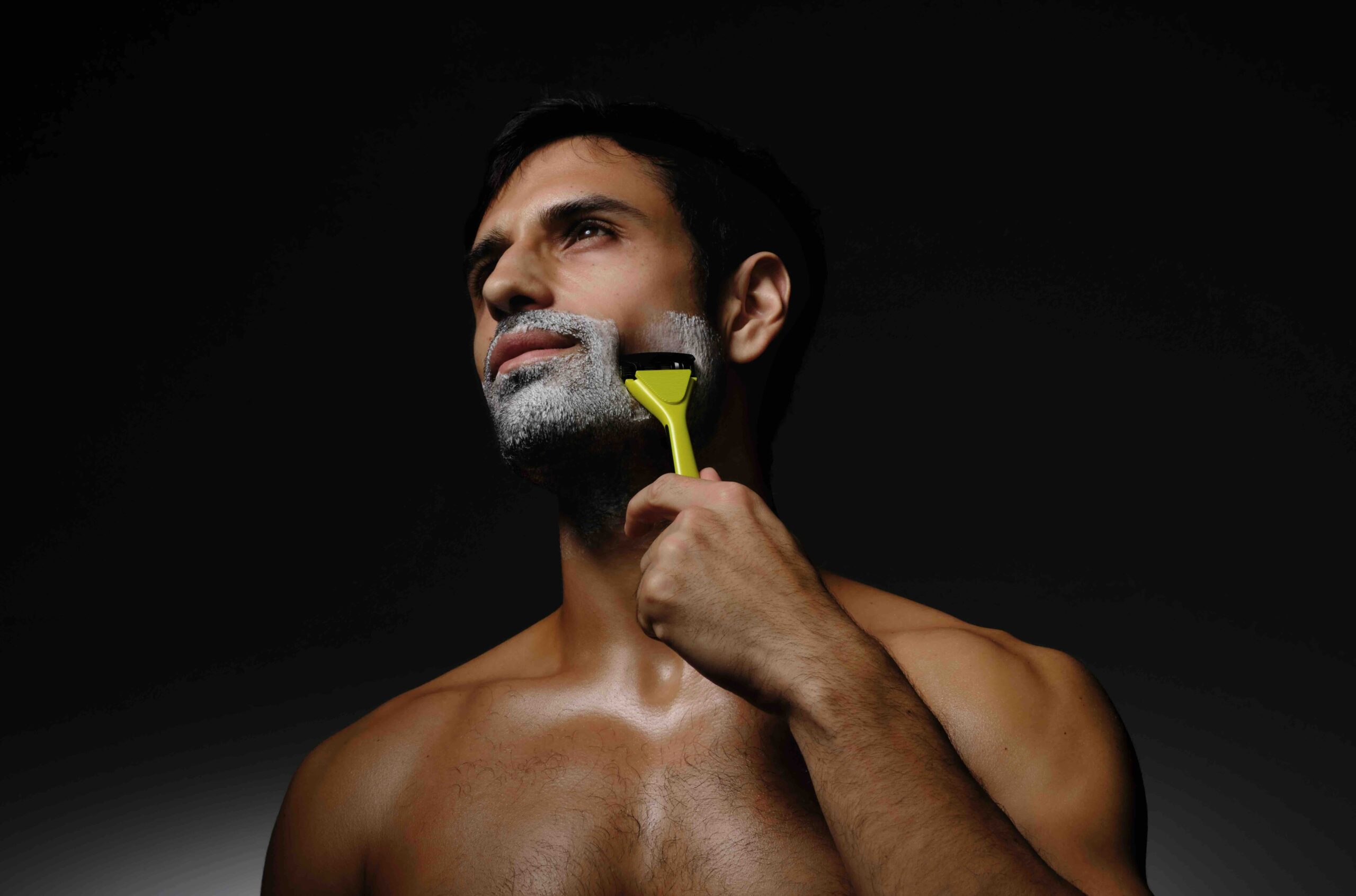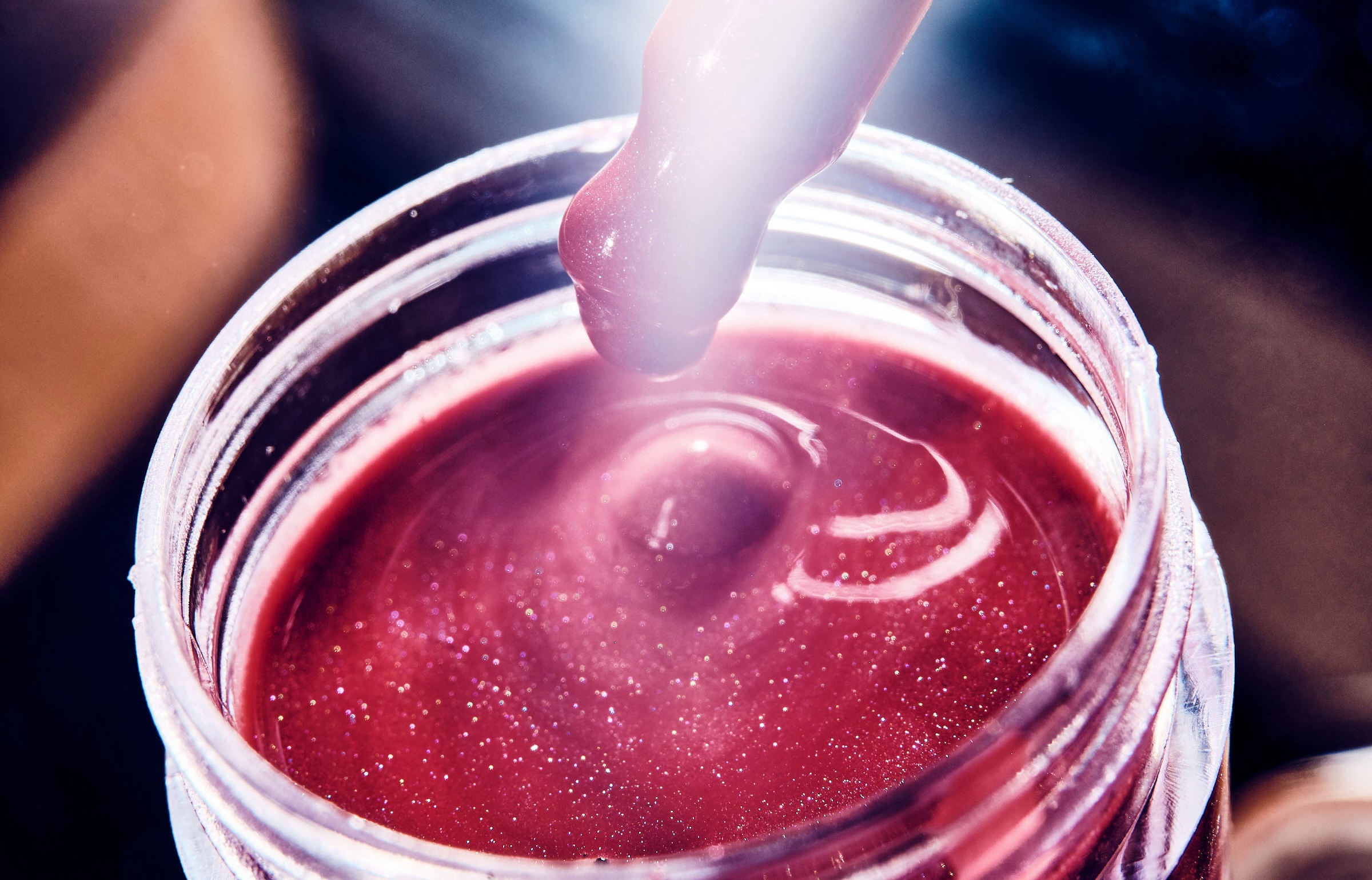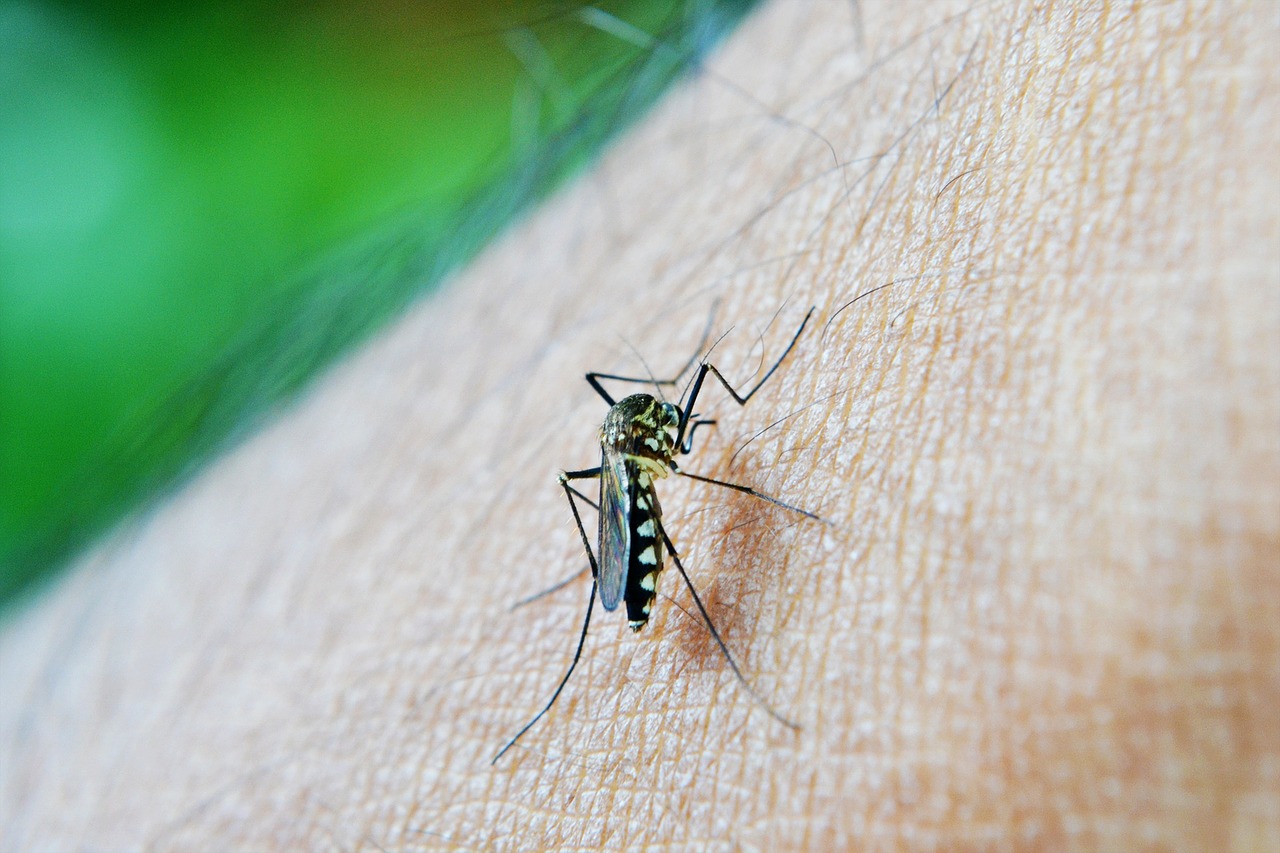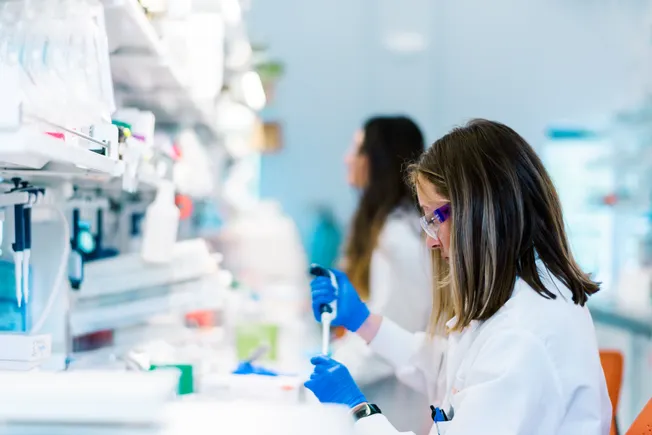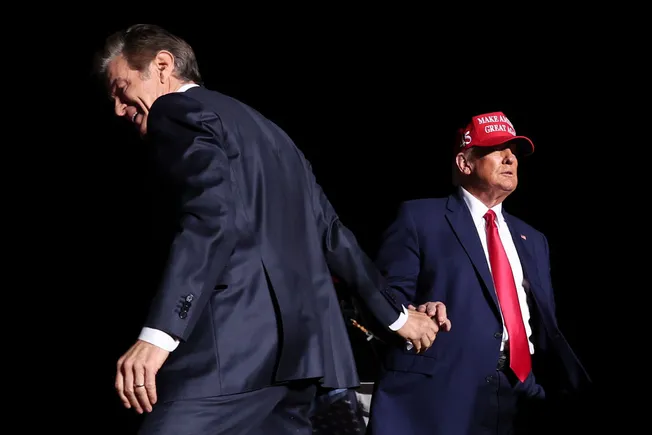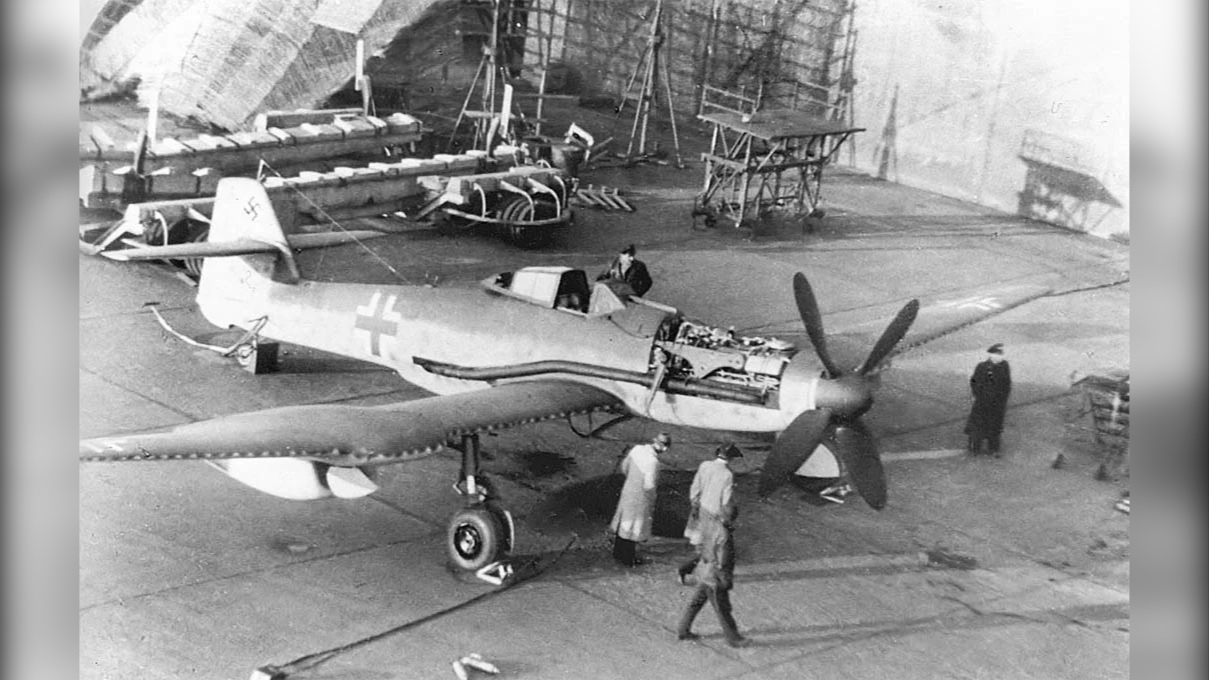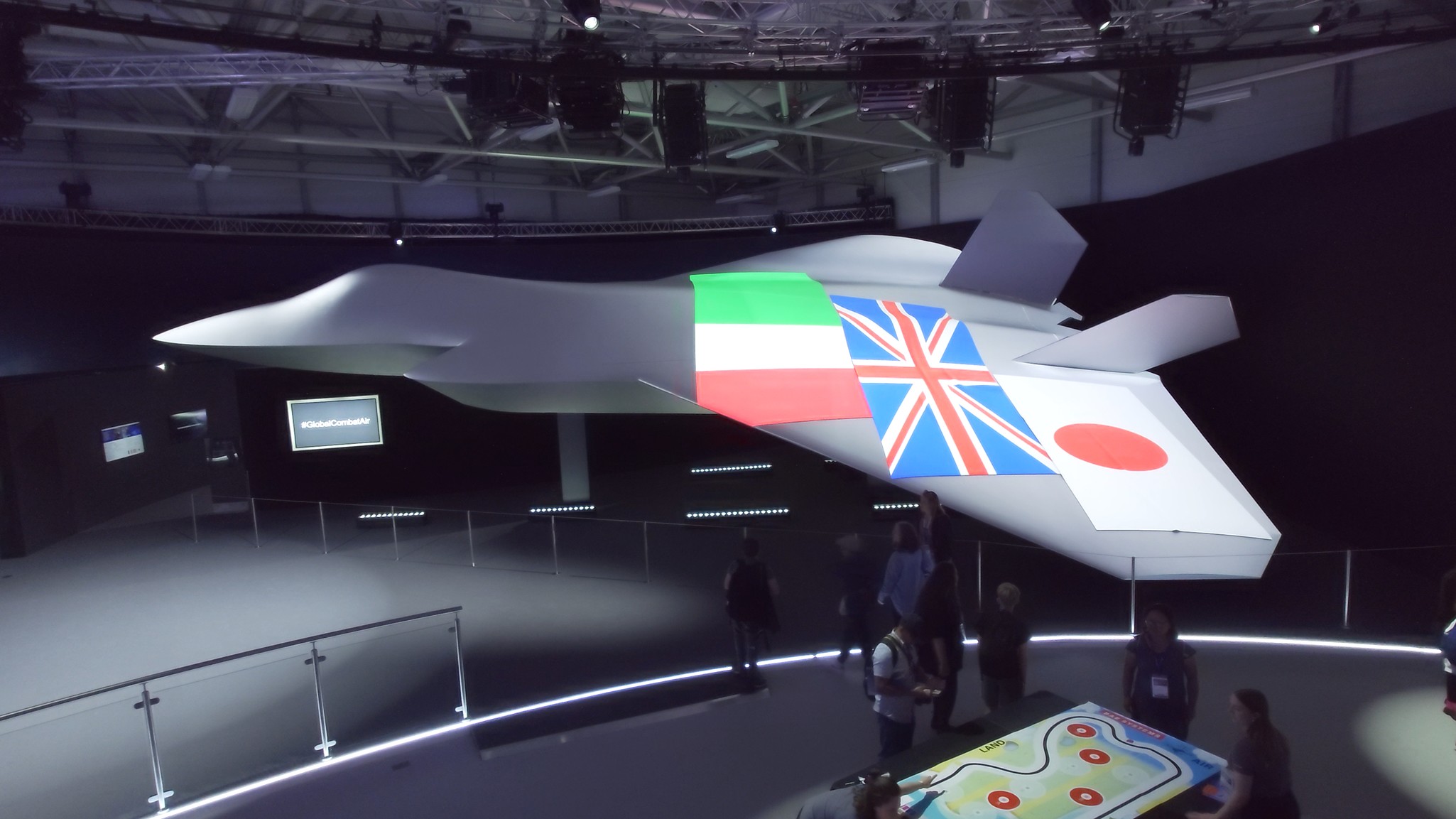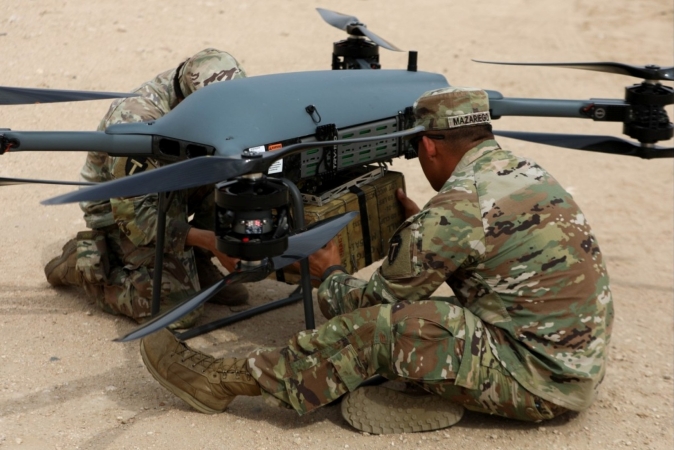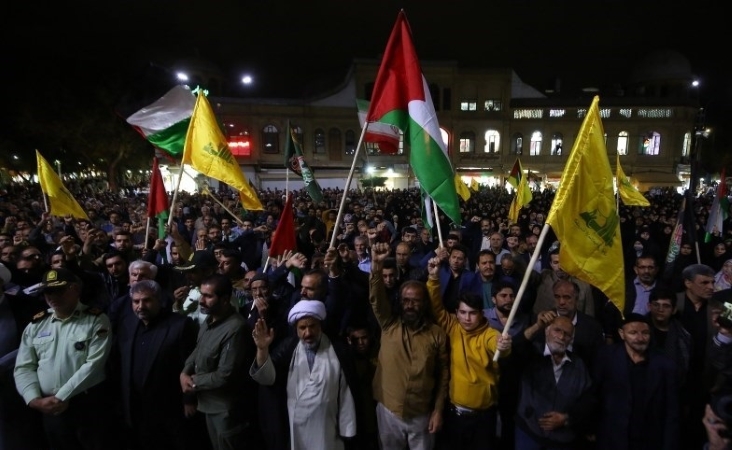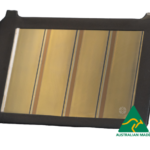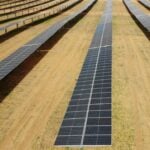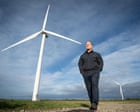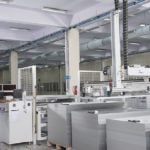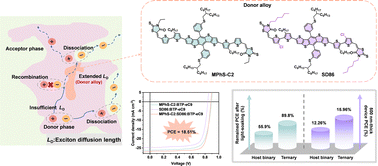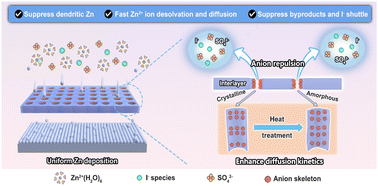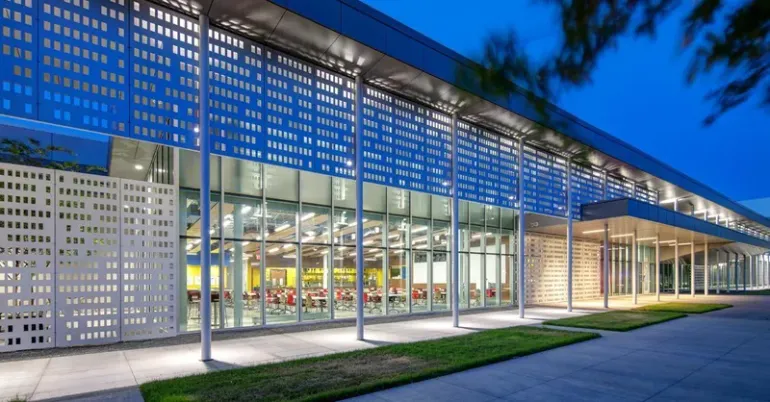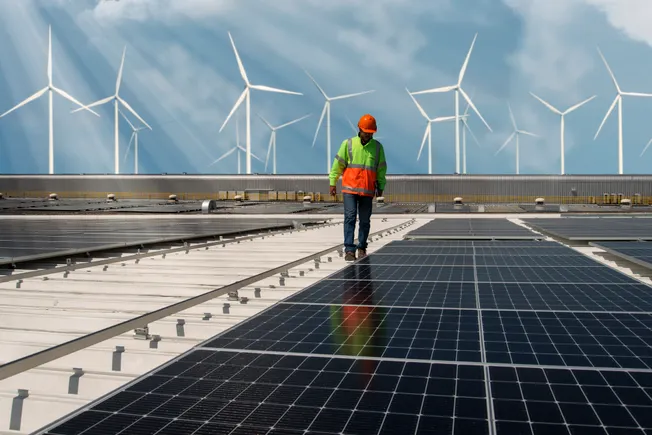Conditioned Media from Mechanically Stimulated Macrophages Upregulate Osteogenic Genes in Human Mesenchymal Stromal Cells
Advanced Healthcare Materials, EarlyView.

Bone fracture healing is a complex, timely orchestrated scenario involving multiple cell types and a plethora of cytokines and regulatory factors. To gain further insight, an in vitro model to a) study macrophage polarization under mechanical load in a fibrin hydrogel and b) subsequently assess the effect of conditioned media derived from macrophages on mesenchymal stromal cell differentiation, is developed.
Abstract
Bone healing is a multifaceted scenario with tightly orchestrated sequences that decide upon successful bone fracture healing or nonunion. In this context, the immune system, particularly the impact of macrophages on mesenchymal stromal cell (MSC) recruitment and differentiation, cannot be overemphasized. Further adding to the complexity, fracture healing is not only governed by chemical signals but strongly depends on mechanical stimulation. Here, an in-house built bioreactor is used to culture THP-1 macrophages, stimulated with lipopolysaccharide and interferon-gamma (M(LPS)) or interleukin 4 (M(IL-4)) in fibrin hydrogels under compression and shear. Subsequently, MSC-pellets are cultured in conditioned media, derived from macrophages, and analyzed for chondrogenic or osteogenic gene expression after 9 days. In M(IL-4) conditions under mechanical load, expression of IL1B, IL6, TNF, IL10, CCL18, CD163, and CD206 is increased compared to the static condition. In MSCs, osteogenic genes RUNX2 and ALPL as well as chondrogenic genes ACAN and COL2A1 are increased in conditions treated with a medium derived from mechanically stimulated macrophages. The results suggest that culture in fibrin and under loading induces a complex macrophage polarization phenotype which affects processes during endochondral ossification in human MSC.











































